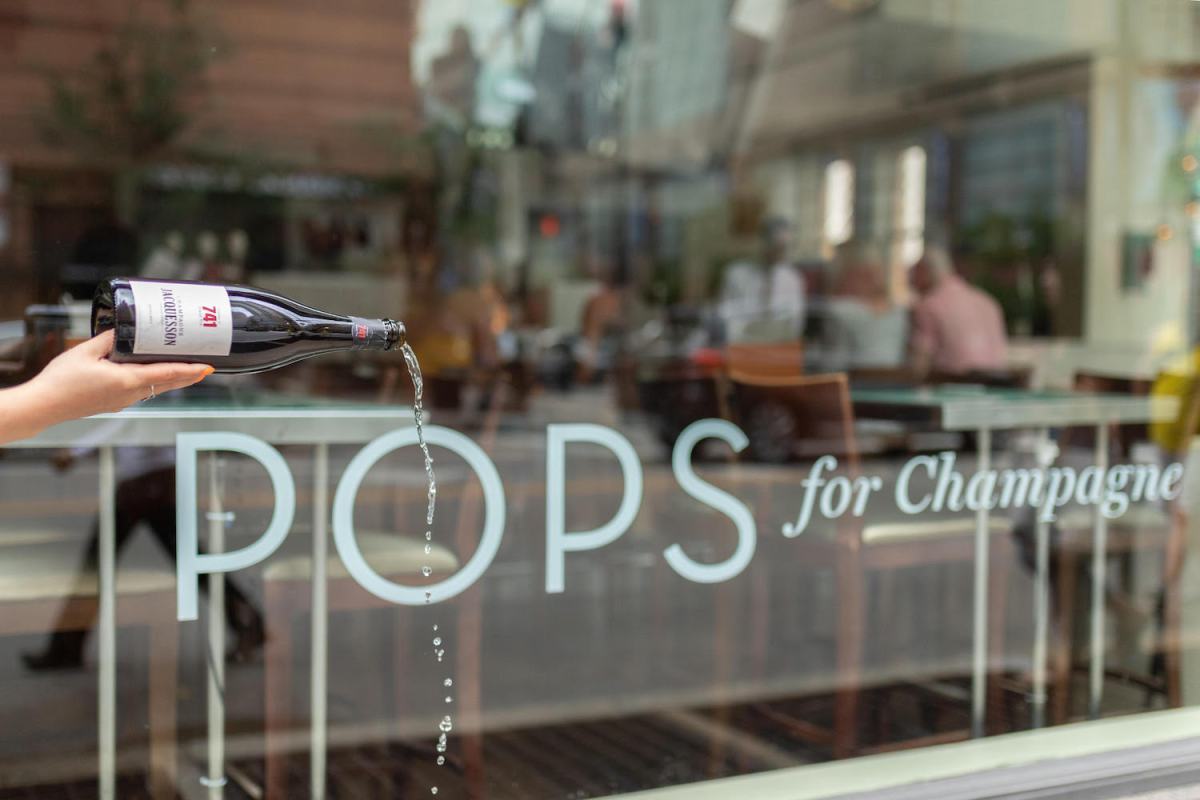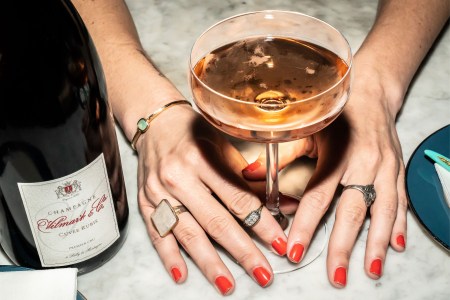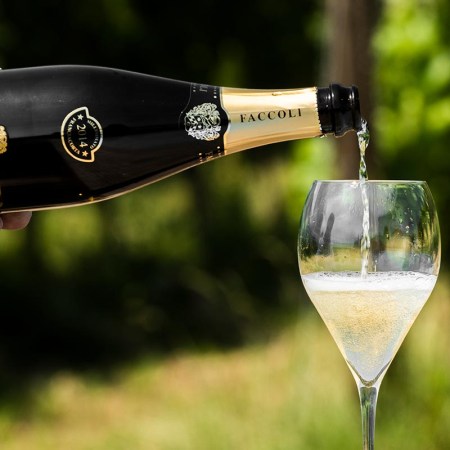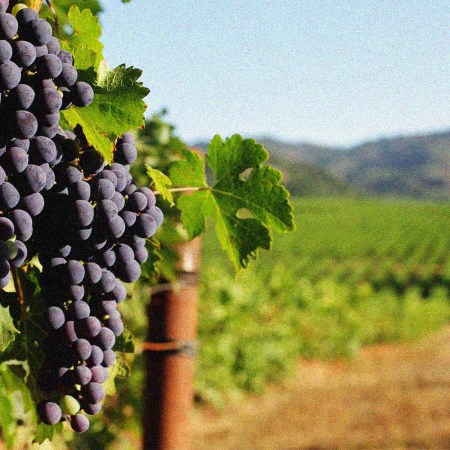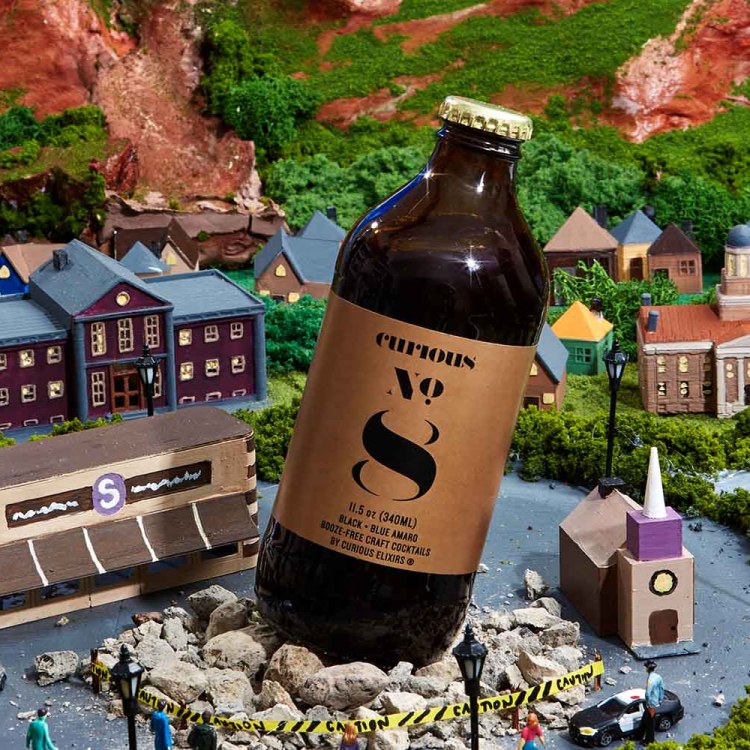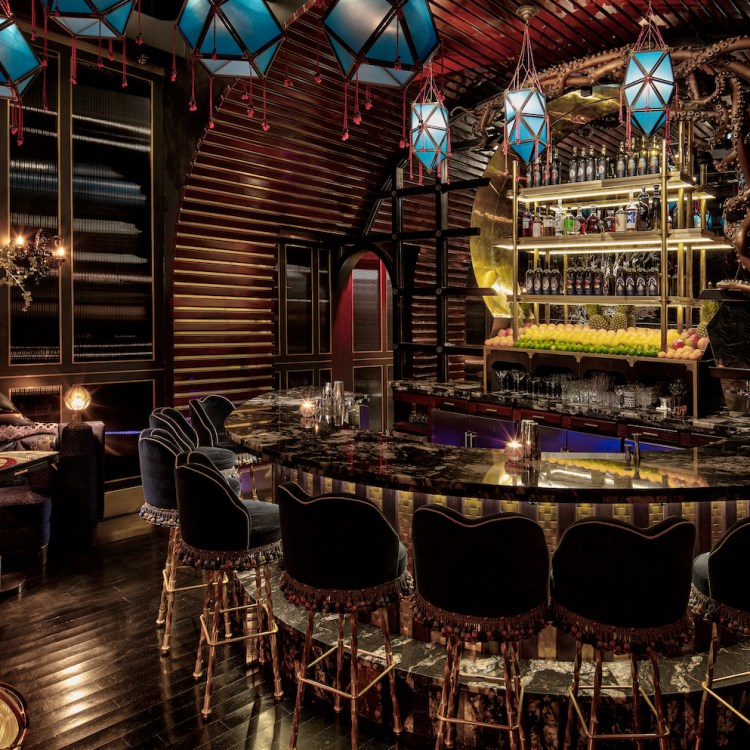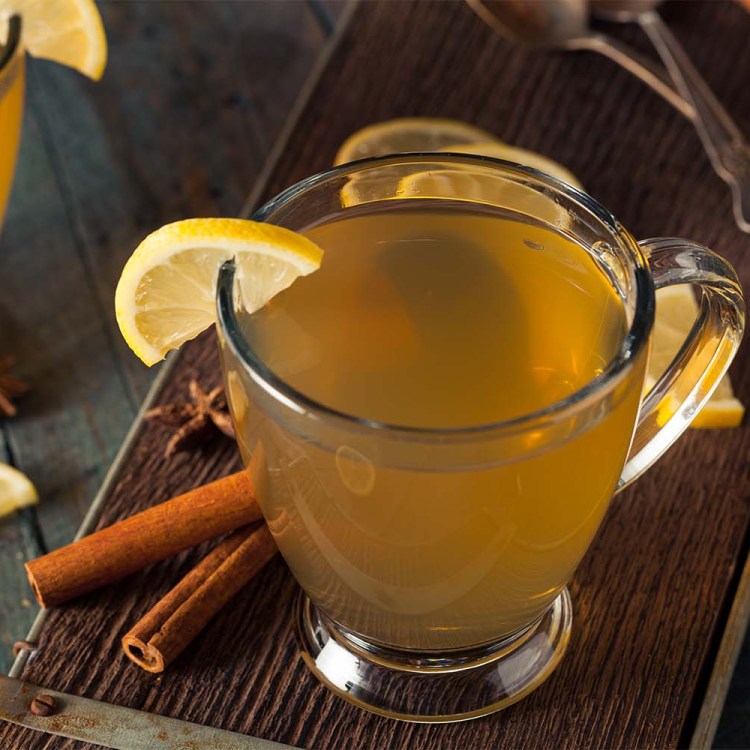When Craig Garofalo and Andy Poch took over Chicago wine bar Pops for Champagne in 2018, they didn’t want anything to change. In fact, as regulars for years, they only wanted the bar’s legacy — which has been going strong since 1982 — to continue. This fall, Pops has two big reasons to celebrate. For starters, the bar is toasting to 40 years in business with an anniversary party on November 19. But before the birthday celebrations commence, they’re celebrating Global Champagne Day on October 28 by opening a few special bottles, including one that’s a casual six liters. After all, Pops has become a globally renowned Champagne bar, making the bubbly holiday a well-deserved reason to celebrate.
Pops for Champagne was recently named one of the top 10 bars and restaurants in the United States for enjoying Champagne by the Champagne Bureau, the U.S. branch of the Comité Champagne, the trade association that represents all the grape growers and houses of Champagne, France. It was in the last 16 years, Garofalo posits, that Pops’ reputation continued to grow with their move from Lakeview to the bustling River North.
“That move really helped,” he says. “It’s such a beautiful, central location to all the tourism that happens in our city, whether it be business or leisure travel. A Champagne bar may not be something everybody has in their town, or wherever they’re coming from, and we’re fortunate being in a huge market like Chicago.”
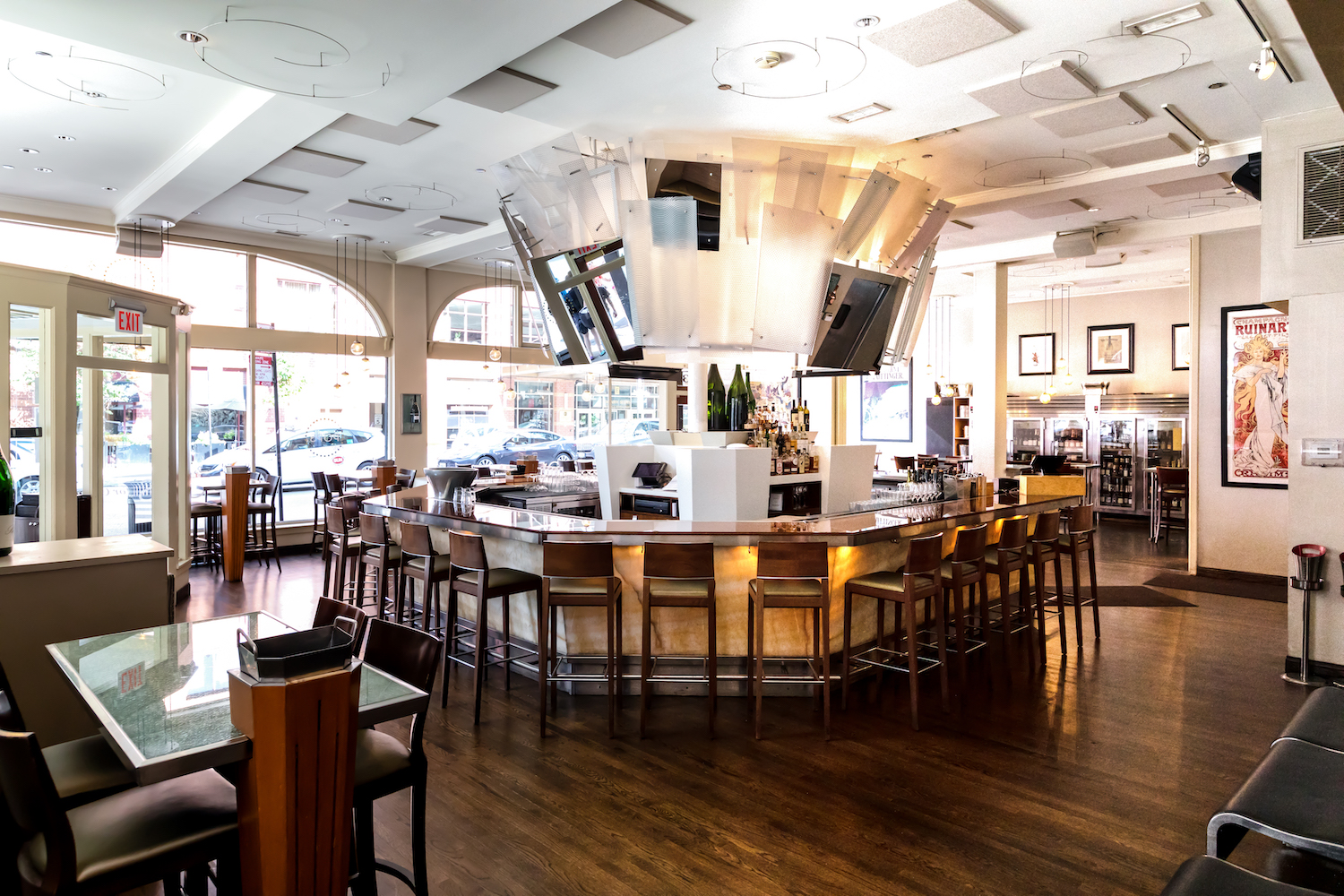
The ongoing success of Pops can also be attributed to the staff’s dedication to helping patrons learn more about Champagne, which can lessen the intimidation that is sometimes associated with the category. “Educating the public is one of those things that we really pride ourselves on, whether it’s the small excerpts that are always in our menu explaining the difference between a small grower and a larger house-style wine, or the beauty of sparkling wines coming from other localities throughout the world,” Garofalo says. During the pandemic shutdown, they even conducted online classes and will continue to offer them in person in the near future.
Pops also wants to expand its patrons’ horizons. Just as there is an infinite number of still wines made from a multitude of grapes, there is a similar wealth of Champagnes and sparkling wines made from the seven different grape varieties used to make Champagne. While certain brands are familiar, Pops features more wines from smaller grower-producers, or Récoltants-Manipulants (RM), who, as Pops writes directly on their menu, “produce and bottle their very own wines under their own labels” and “offer a focus and unique terroir aspect to their wines that is rarely found in the larger houses of Champagne.” So while there might be names you’d recognize on Pops’ menu — Dom Pérignon, Krug and Ruinart among them — more plentiful are those you might not, and for good reason.
The Argument for Drinking Champagne Whenever You Damn Well Please
New York’s “Champagne Empress” schools us on the fine art of pairing sparkling wine with anything and everything“That’s what everybody’s had,” Garofalo says. “And that’s what everybody knows fine Champagne should be. So we take that as the gateway, and say, ‘All right, you’ve tasted Veuve, you love Veuve, let’s go try these other items so you can learn more and be more exposed.’ We would sell [Veuve] and we’d probably sell 30 bottles a night, and that would lose some of the fun. There’s a passion to share all of this information that our average consumer just didn’t have until we’ve hooked them in.”
This philosophy was also one that Ariel Arce brought with her when she opened Air’s Champagne Parlor in New York City’s Greenwich Village, which was also just added to the Champagne Bureau’s aforementioned list. Arce got an education working at Pops for two years, “getting to pick the brains of some of the most underrated, underappreciated minds in Champagne,” she says. Like Pops, Air’s hopes to make Champagne attainable for a wide range of people, but with its own twist. “Air’s, for me, was an opportunity to create an intimate space that was all about affordability, accessibility and approachability,” she says. Her focus is also on smaller grower-producers. “That didn’t really exist in New York,” she adds. “There were Champagne bars, but a lot of them were heavily dominated by big brands and a lot of Grandes Marques cuvées. While I really do appreciate those wines, it doesn’t allow you to convince someone to try something different. It was the best lesson I ever got from Craig Cooper [the former beverage director at Pops for Champagne].”
For Pops and Air’s, the way into Champagne is to be open-minded, to reach beyond what you know about Champagne and to ask questions. “[It’s about] having the confidence to know that asking questions is confidence,” Garofalo says.
But the most important thing to remember is that Champagne is meant to be enjoyed. “You don’t have to be too precious with Champagne,” Arce says. “Buy your shoes and wear your shoes — drink your Champagne.”
Every Thursday, our resident experts see to it that you’re up to date on the latest from the world of drinks. Trend reports, bottle reviews, cocktail recipes and more. Sign up for THE SPILL now.
